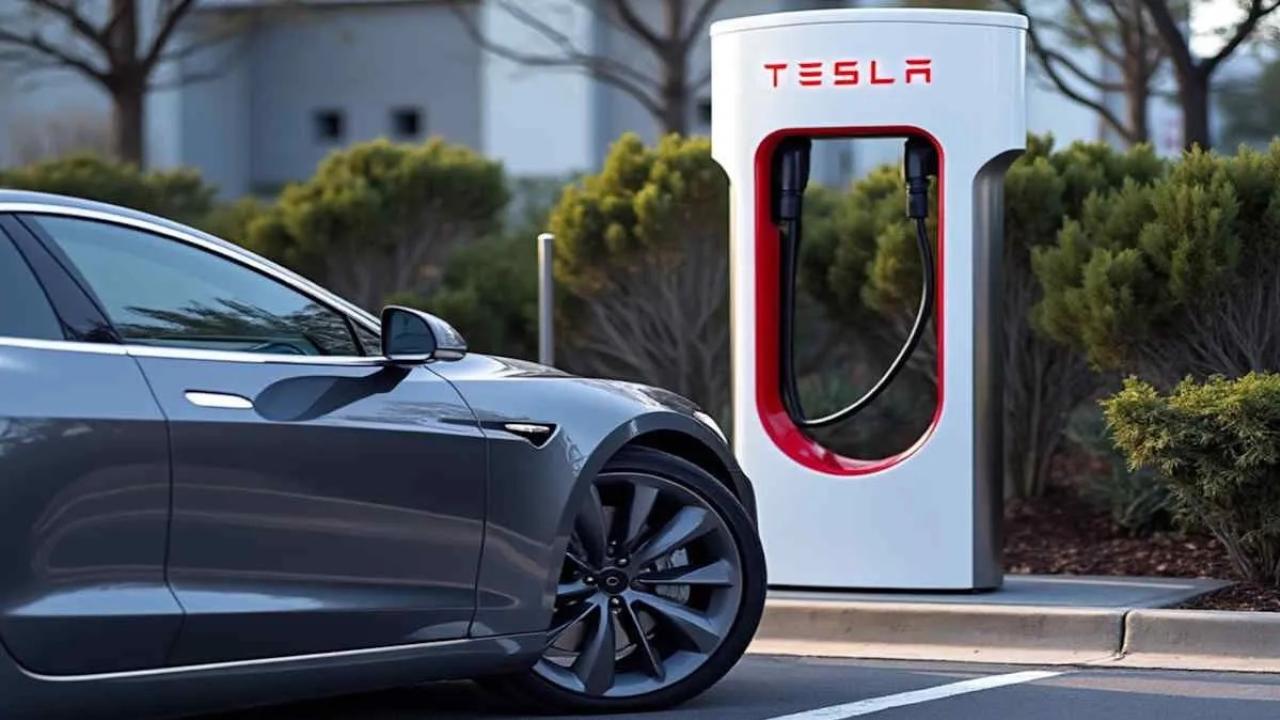Understanding Electric Vehicle (EV) Charging Plugs: Types, Standards, and Global Variations
As the world increasingly embraces sustainable energy solutions, electric vehicles (EVs) are at the forefront of the green revolution. An essential aspect of EV functionality is its charging infrastructure, with charging plugs playing a critical role in enabling efficient power transfer to the vehicle’s battery. But what are EV plugs, and how do they differ across regions and manufacturers? This article explores the different types of EV charging plugs, their specific functionalities, and the standards that govern them.
What Are EV Plugs?
An EV charging plug is the interface that connects an electric vehicle to a charging station, allowing electricity to flow into the vehicle’s battery. While they serve a similar purpose to household plugs, EV plugs are specifically designed to meet the power demands of electric vehicles, which can vary depending on the vehicle model, charging level, and regional infrastructure.
Unlike typical household plugs, EV charging plugs come in various designs, tailored to meet different charging standards. These variations are influenced by the specific power requirements, vehicle brands, and charging levels (Level 1, Level 2, or Level 3). In this article, we’ll dive into the different types of EV plugs, their unique characteristics, and the regions where they are most commonly used.
Level 1 & Level 2 Charging: AC Charging Plugs
Level 1 and Level 2 charging are commonly used for home and public charging stations. These charging levels utilize alternating current (AC) and are typically slower compared to Level 3 or DC fast charging. The two most common AC charging plug types are Type 1 (SAE J1772) and Type 2 (Mennekes).
Type 1 - SAE J1772
The Type 1 plug (SAE J1772) is the standard charging connector for Level 1 and Level 2 charging in North America and certain parts of Asia. Designed for single-phase AC power, this 5-pin plug is capable of delivering up to 19.2 kW of power, making it suitable for both residential and public charging needs.
In North America, if you own an electric vehicle, you are likely using a Type 1 plug to charge your vehicle at home or at public charging stations. Its wide adoption ensures that it's a reliable option for EV owners in these regions.
Type 2 - Mennekes
In contrast, Type 2 plugs (Mennekes) are the standard for Level 1 and Level 2 charging in Europe, designed for three-phase AC power, which is the norm in Europe. The 7-pin Type 2 plug can handle power delivery up to 43 kW, which is considerably higher than the Type 1 plug, enabling faster charging.
A key feature of the Type 2 plug is its automatic locking mechanism, which secures the plug during charging to prevent accidental disconnections. This adds a layer of safety and reliability, making it an ideal choice for European EV owners who demand faster charging times.
Level 3 / Fast Charging: DC Fast Charging Plugs
While Level 1 and Level 2 charging are sufficient for regular daily charging, Level 3 (DC fast charging) is essential for long-distance driving and rapid recharges. These plugs deliver direct current (DC) power straight to the vehicle’s battery, bypassing the onboard charger and drastically reducing charging times. Common DC fast charging plugs include CCS (Combined Charging System), CHAdeMO, GB/T, and Tesla Supercharger.
CCS - Combined Charging System
The Combined Charging System (CCS) has emerged as a dominant fast-charging standard, widely used in North America and Europe. The CCS plug combines the Type 1 or Type 2 AC charging plug with additional DC pins, making it versatile for both AC and DC charging. This hybrid design simplifies the charging process, as it allows EV owners to use a single plug for both types of charging.
CCS1: Used in North America, this combines the Type 1 (SAE J1772) plug with two additional DC pins for fast charging.
CCS2: Used in Europe, this integrates the Type 2 (Mennekes) plug with two DC pins for high-speed charging. CCS2 can deliver power up to 350 kW, making it one of the fastest options available.
CHAdeMO
The CHAdeMO plug is a fast-charging standard developed in Japan and primarily used by Japanese automakers like Nissan and Mitsubishi. Although CHAdeMO was one of the first fast-charging systems, its use is now somewhat limited outside Japan. However, it remains a popular choice for vehicles compatible with this standard.
GB/T
The GB/T standard is the main fast-charging system used in China. Developed by the Chinese government, the GB/T plug supports both AC and DC charging and is compatible with a wide range of electric vehicles in China. The rapid expansion of China’s EV infrastructure and the adoption of GB/T connectors have made China one of the largest EV markets globally.
Tesla Supercharger
Tesla offers its proprietary fast-charging system known as the Tesla Supercharger. This unique charging plug accommodates Level 1, Level 2, and Level 3 charging. In North America, Tesla vehicles use the NACS (North American Charging Standard), which is compatible with the Type 1 (SAE J1772) plug through an adapter. In Europe, Tesla now uses the CCS2 plug, aligning with the regional standard.
Tesla's Supercharger network is known for its high-speed charging capabilities, with some stations offering up to 250 kW of power. This enables Tesla vehicles to achieve significant range in a short period, providing a convenient charging solution for long-distance travel.
Conclusion
EV plugs are not one-size-fits-all; they vary in design and functionality depending on regional standards, vehicle manufacturers, and charging needs. From the Type 1 and Type 2 plugs used for AC charging to the CCS, CHAdeMO, GB/T, and Tesla Supercharger plugs designed for fast charging, each plug serves a unique purpose in the EV ecosystem.
As electric vehicles continue to gain popularity, the development of standardized, interoperable charging solutions will be crucial to supporting their widespread adoption. Understanding the different types of EV plugs and how they function is essential for EV owners and enthusiasts, helping them make the most of their charging experience and contributing to the global shift towards a more sustainable future.










